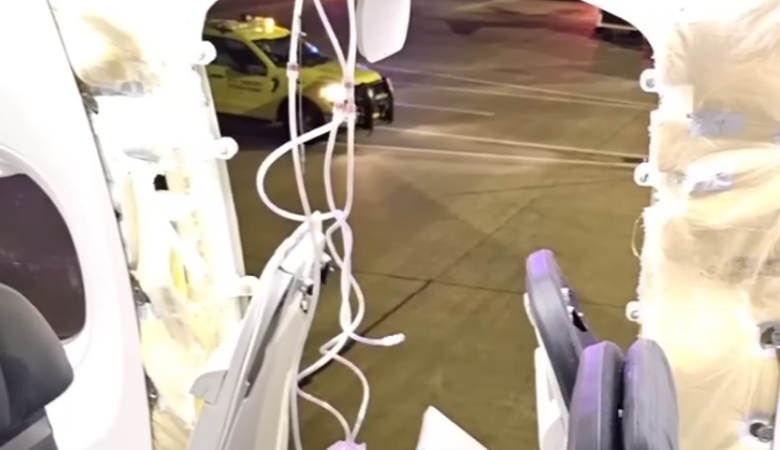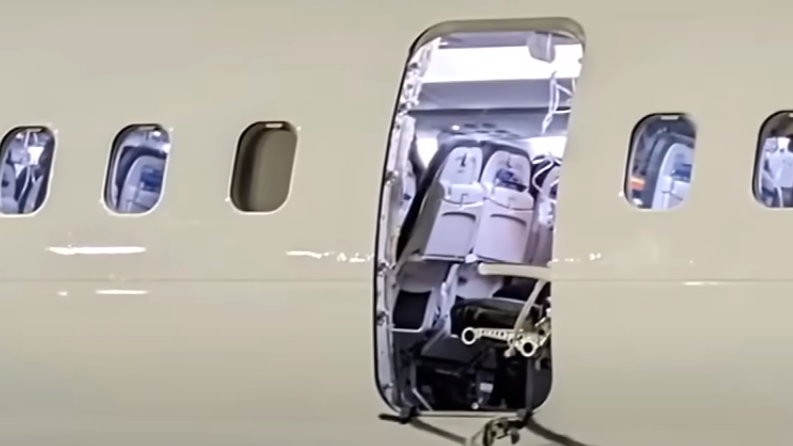Teacher finds Alaska Airlines plane piece in backyard

Authorities have announced that the door plug, which was blown off an Alaska Airlines flight during a midair emergency, has been found by Bob, a teacher in Portland. The National Transportation Safety Board (NTSB) believes that locating the missing fuselage piece could provide valuable clues to help unravel the circumstances leading to the incident.
The incident occurred while the Alaska Airlines plane was flying from Oregon to Southern California on a new Boeing 737-9 MAX, causing a hole to open in the middle of the flight. Thankfully, the door plug fell out while the plane was at 16000 feet and passengers were still required to be wearing seatbelts, avoiding potential injuries or worse. This new piece of evidence will assist investigators in their examination of the incident.
Additionally, two passenger cellphones that were lost during the flight and subsequently recovered, have been found to still function to some extent. One image on a cellphone screen showed a luggage receipt for the flight, further supporting the authenticity of the find.
It has been revealed that door plugs are typically installed on Boeing 737s that do not require an extra emergency exit. Some international airlines, such as Lion Air and Corendon Dutch Airlines, need additional exits due to their aircraft’s increased seating capacity.

YouTube
However, Alaska Airlines and United Airlines, the only two U.S. carriers operating the Max 9 series, configure their planes with fewer than 180 seats, thereby complying with evacuation rules without the need for extra mid-cabin exits. Replacing the side exits with permanent plugs the size of exit doors, ensures the planes still meet the necessary safety regulations.
As the investigation progresses, the discovery of the door plug and the intact cell phones represent significant breakthroughs. With this new evidence, authorities are hopeful they can piece together the events that led to the midair emergency, ultimately improving aviation safety standards for the future.










